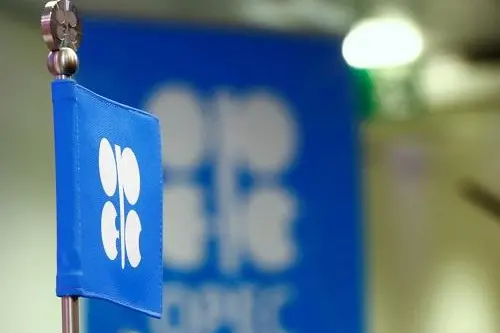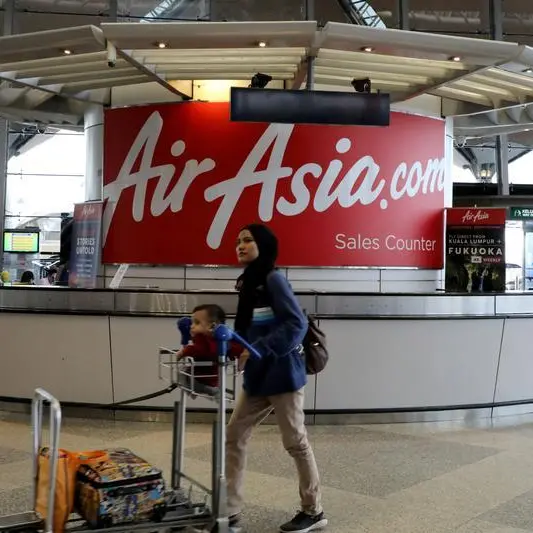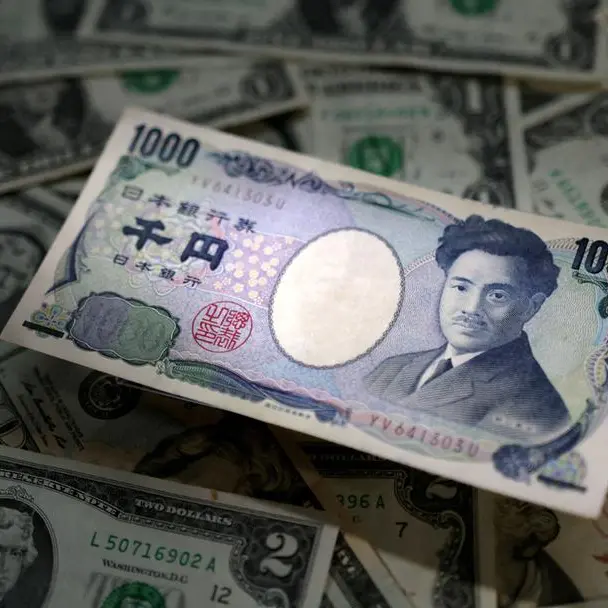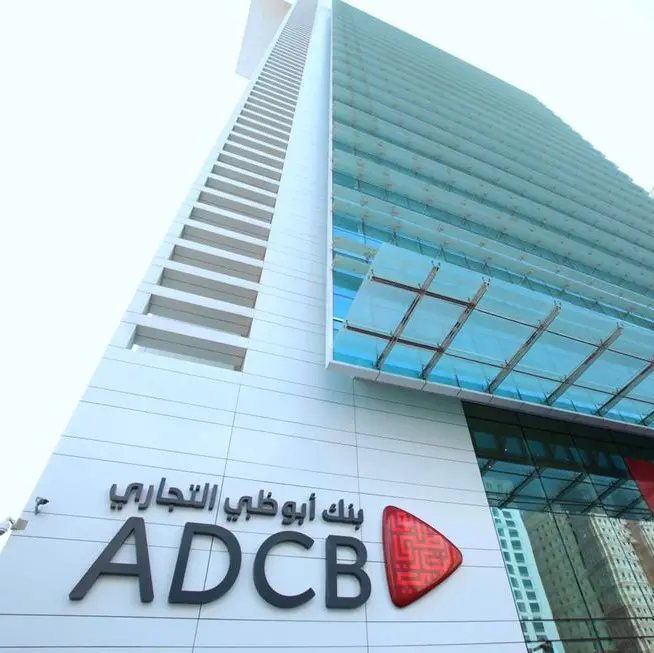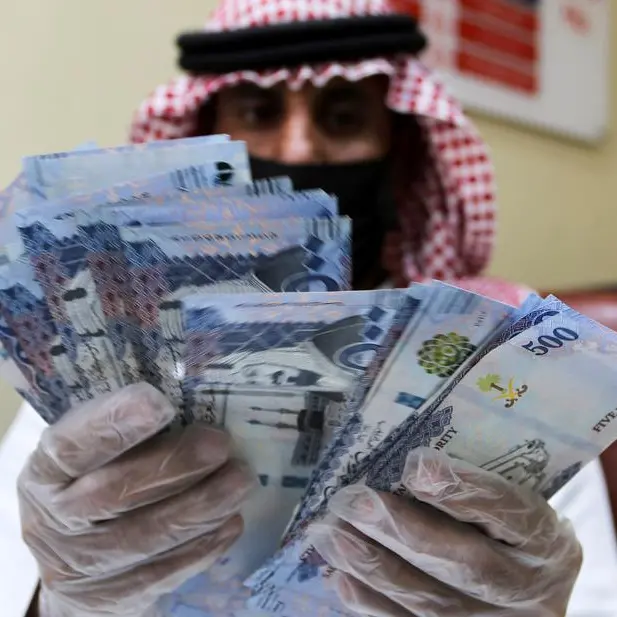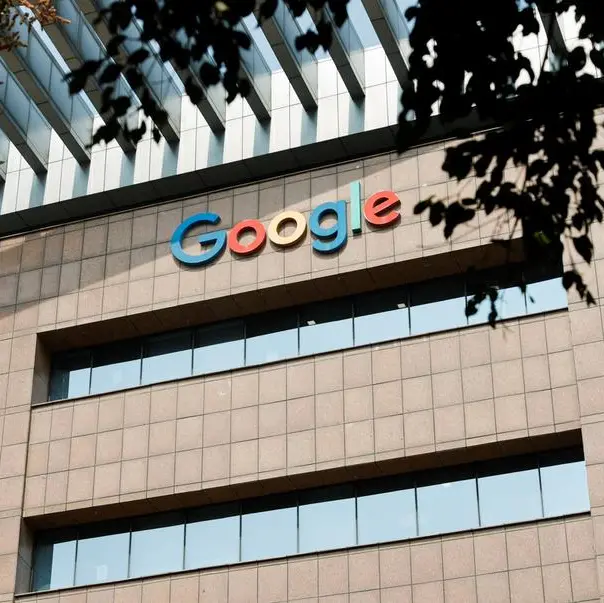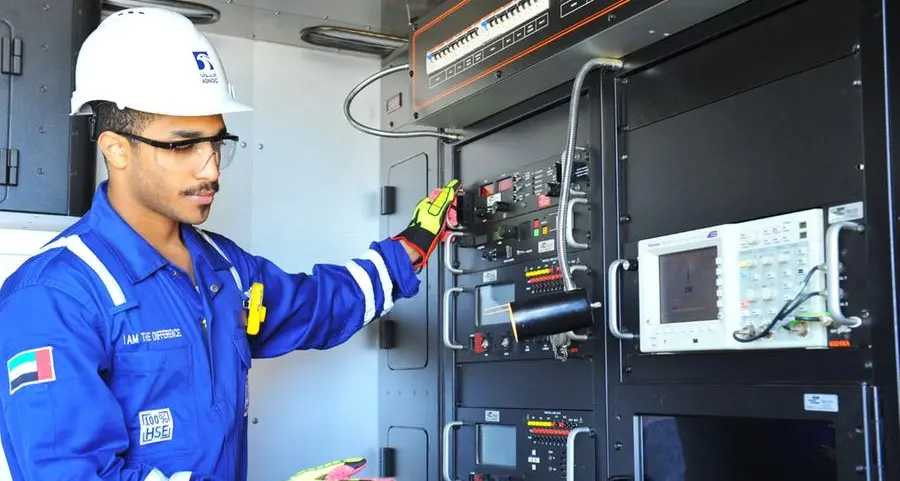PHOTO
LONDON - Credit markets are functioning poorly after the double whammy of the coronavirus and an oil-price rout. That adds weight to fears that reforms after the last financial crisis are exacerbating market shocks, and raises the need for central bankers to keep the liquidity taps from running dry.
Monday’s oil-price crash, sparked by Saudi Arabia’s decision to hike production and the rapid spread of the coronavirus, provide a test of how credit markets can cope in a crisis. Critics of post-2008 banking reforms warned that tougher capital rules would limit banks’ ability to trade and hold bonds, thus magnifying price swings.
So far the evidence is ominous, judging by trading of credit default swaps, or contracts used to speculate on companies’ creditworthiness. The iTraxx Europe Index, which comprises derivatives linked to investment-grade debt, was up 24 basis points to around 104 basis points by 1730 GMT, according to IHS Markit data sourced by Refinitiv. That’s a similar-sized swing to the surge on Sept. 15, 2008, the day Lehman Brothers filed for bankruptcy.
The move seems excessive given the lack of a Lehman-like catastrophe. At that level, the market-implied default rate is about 8% over five years, Refinitiv data shows, roughly eight times the historic average recorded by Moody’s.
The fallout has been particularly pronounced in the high yield market which, given its exposure to lower-rated oil and gas producers, is more directly affected by the oil price war. The iTraxx Crossover Index of sub-investment grade companies rose by around 81 basis points, its second-highest jump since 2008. Yet many companies with little energy exposure were badly hit, such as Spanish telecom tower group Cellnex Telecom , or telecom-kit maker Nokia. One explanation is that investors are selling whatever assets they can.
The moves suggest markets are more prone to violent swings without the shock absorbers of bank trading desks. At the same time, other frailties have emerged. Low interest rates have forced investors to pile into corporate debt in search of yield, often through vehicles that allow them to redeem their capital or trade at short notice, such as mutual funds and exchange-traded products. That increases the need for safety nets.
The Federal Reserve cut rates by 0.5 percentage points on March 3. The European Central Bank may announce its own measures on Thursday. With bond markets blowing out, central banks are likely to have to take swift and radical action.
CONTEXT NEWS
- The iTraxx Europe Index, which comprises five-year credit default swaps on 125 European investment-grade corporate debt issuers, rose by 24 basis points to 104 basis points by 1730 GMT on March 9, according to IHS Markit data sourced by Refinitiv. That was the largest daily rise in a decade.
- The iTraxx Crossover Index, which focuses on high-yield debt, rose roughly 81 basis points to 460 basis points.
- Credit default swaps are financial contracts that allow traders to speculate on or hedge against a counterparty failing. A rise indicates a perceived increased probability of default.
- The moves followed Saudi Arabia’s decision to slash its official selling price and raise crude production, signalling the start of a price war, as well as Italy’s move to quarantine some 16 million citizens in a bid to control the coronavirus outbreak.
(Editing by Neil Unmack and Leigh Anderson)
© Reuters News 2020